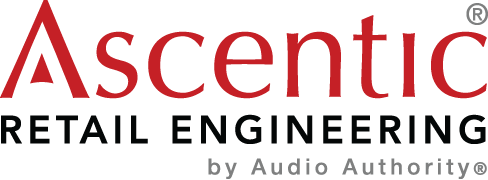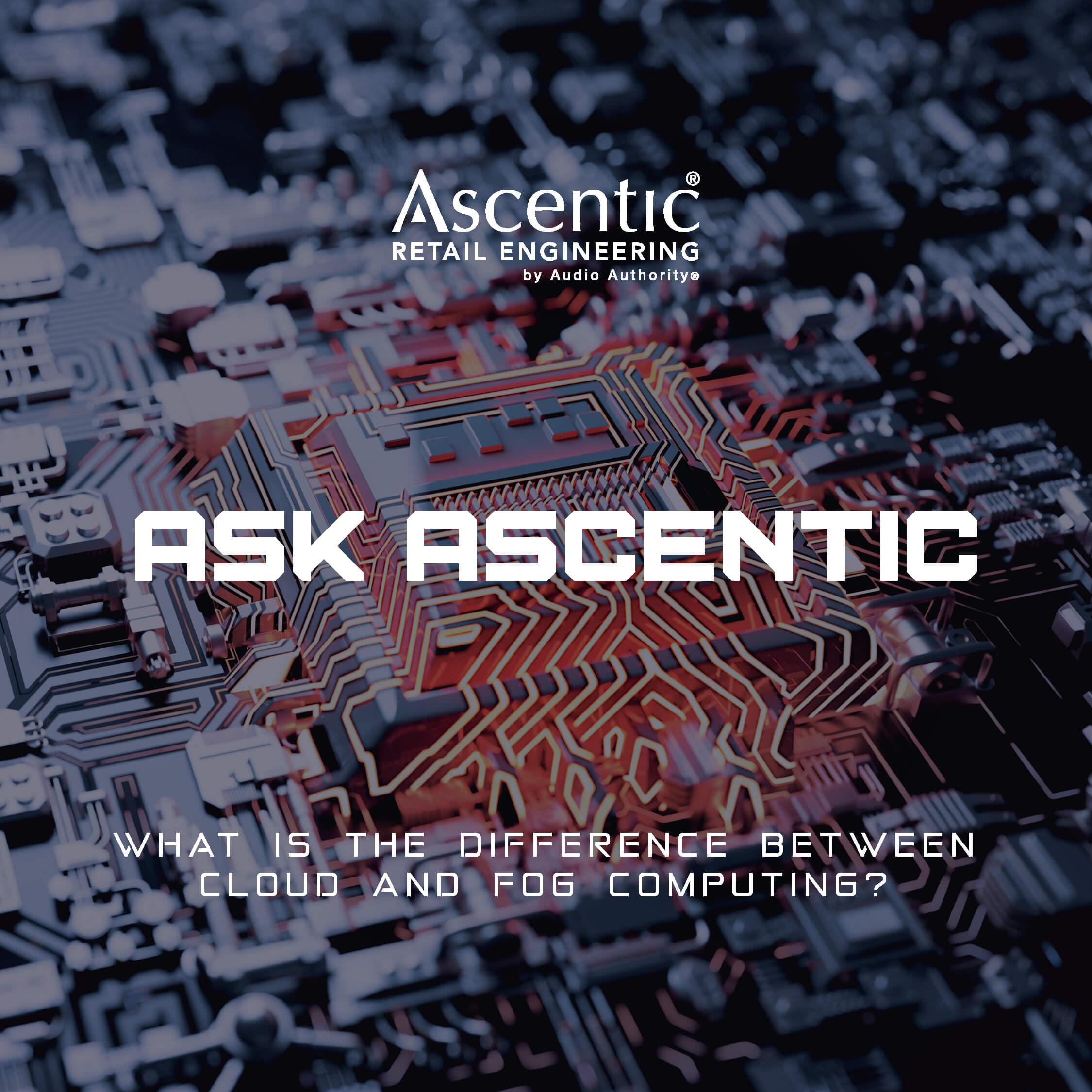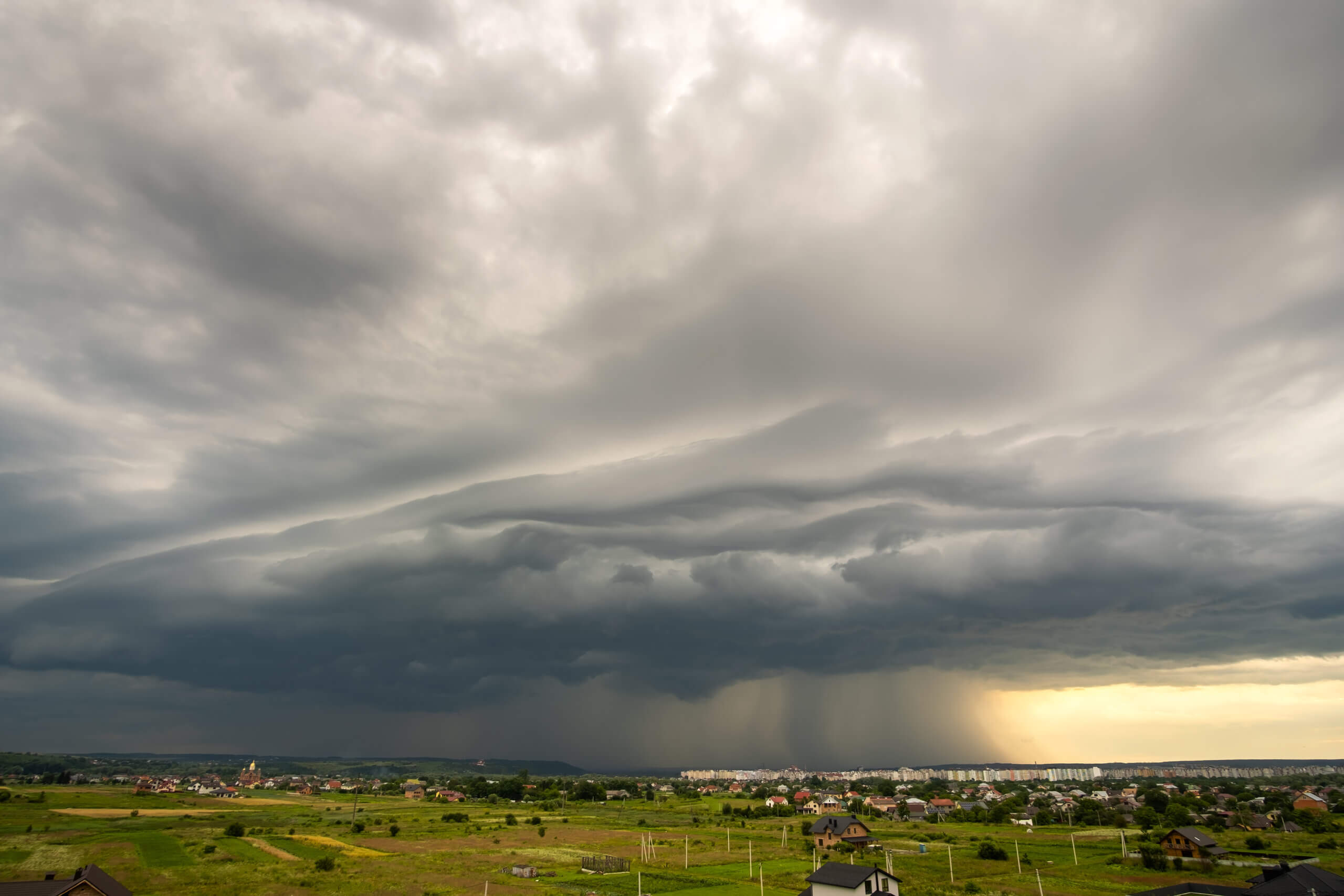The enigmatic cloud. Since its inception, cloud computing has shaped how we navigate information exchanges. But just what is the cloud? What is its role in IoT? What happens when the cloud rains? Don’t worry if you’re a little foggy on the details; our answers to these questions will bring you to the cutting edge of today’s computational models.
What is the Cloud?
Cloud computing delivers computing services such as servers, storage, databases, networking, software, analytics, and intelligence over the Internet (“the cloud”). It enables organizations to quickly provision resources and scale up or down based on demand without investing in and managing their own infrastructure. Cloud providers manage the data centers hosting all cloud services, allowing organizations to access data and applications from any device, regardless of location.
What is Fog Computing?
Fog Computing, also known as edge computing, is a distributed computing model in which data processing and application development are performed at the edge of the network, near the data source. It reduces latency by relocating computational activities closer to where the data is collected and processed. Edge Computing pushes intelligence from the network’s core to the edge, closer to individual users and devices.
In summary
Cloud computing is the practice of storing, managing, and processing data remotely via the Internet. It allows users to access and share resources on demand. This is ideal for larger retailers or brands maintaining multiple systems across multiple stores.
It’s ideal to have your head in the clouds, as long as you have sufficient boots on the ground. Fog computing moves data processing from the cloud to the network’s edge. This means that tasks and analysis can be done locally, allowing faster response times than sending it back and forth to the cloud.
Fog computing reduces network congestion by offloading some of the workloads to devices closer to where it’s needed, reducing latency and improving performance at the cost of businesses having to maintain their own infrastructure. Fog computing is ideal for highly customized and complex demonstrations that normally require too much wireless bandwidth to function consistently in a retail environment.
The Best of Both Worlds
It’s also a good option to implement a hybrid computing model (foggy clouds, edgy clouds, something like that) where multiple complex interactive demonstrations exist within siloed fog computing ecosystems and link to the cloud after business hours to offload analytics and check for updates. This model capitalizes on fog’s ability to quickly perform advanced functions at the edge of the demonstration; and the cloud’s offsite storage for periodic updates. Ascentic employs the mix of approaches that best fit each task, delivering a custom-made solution for your operations.



